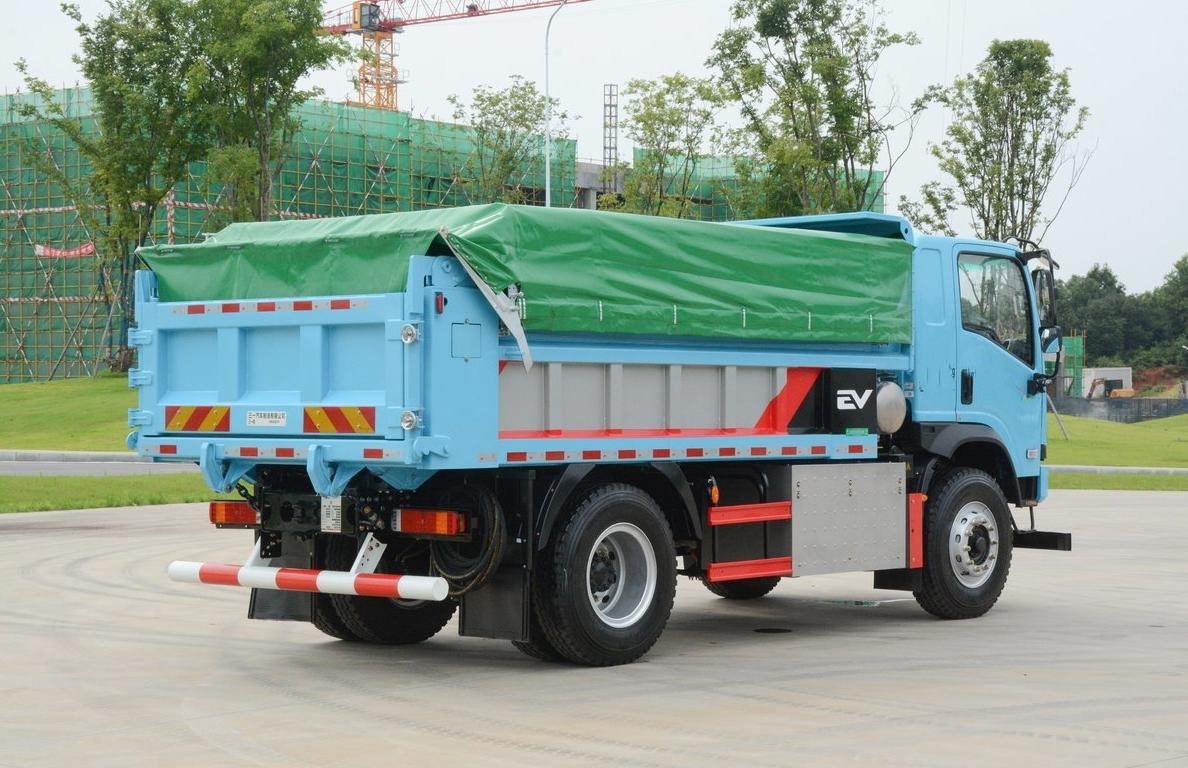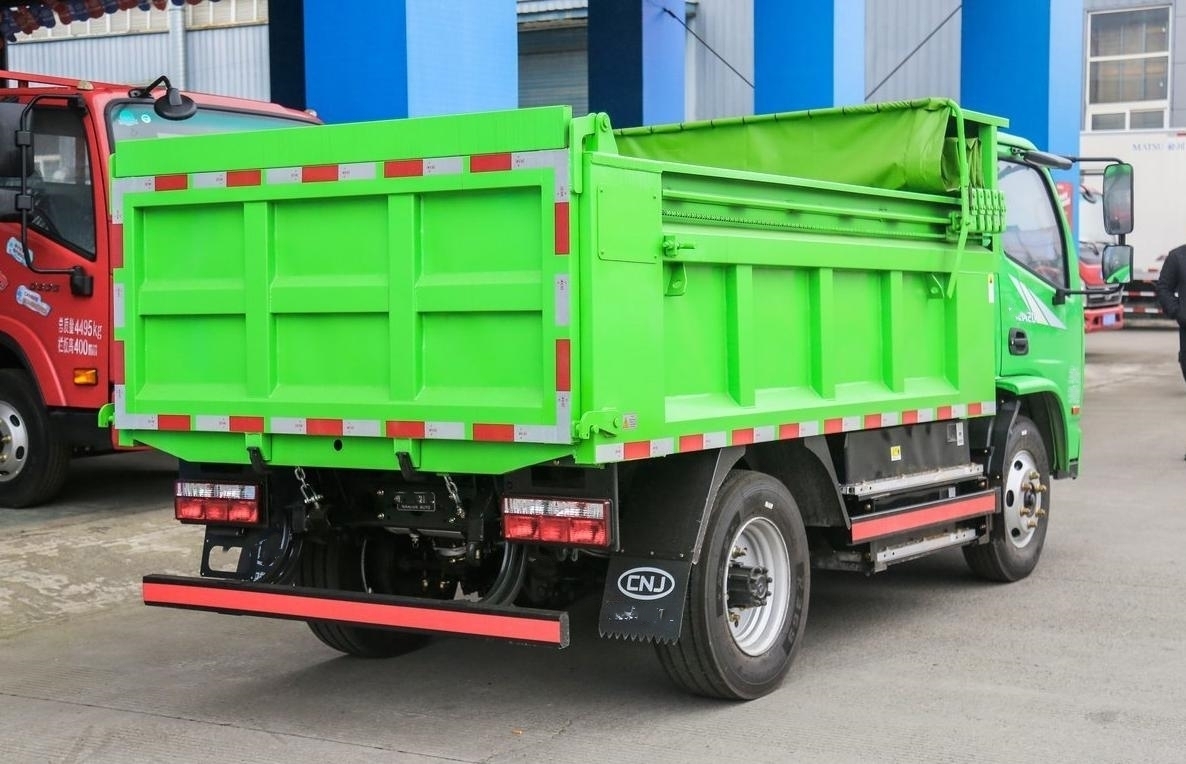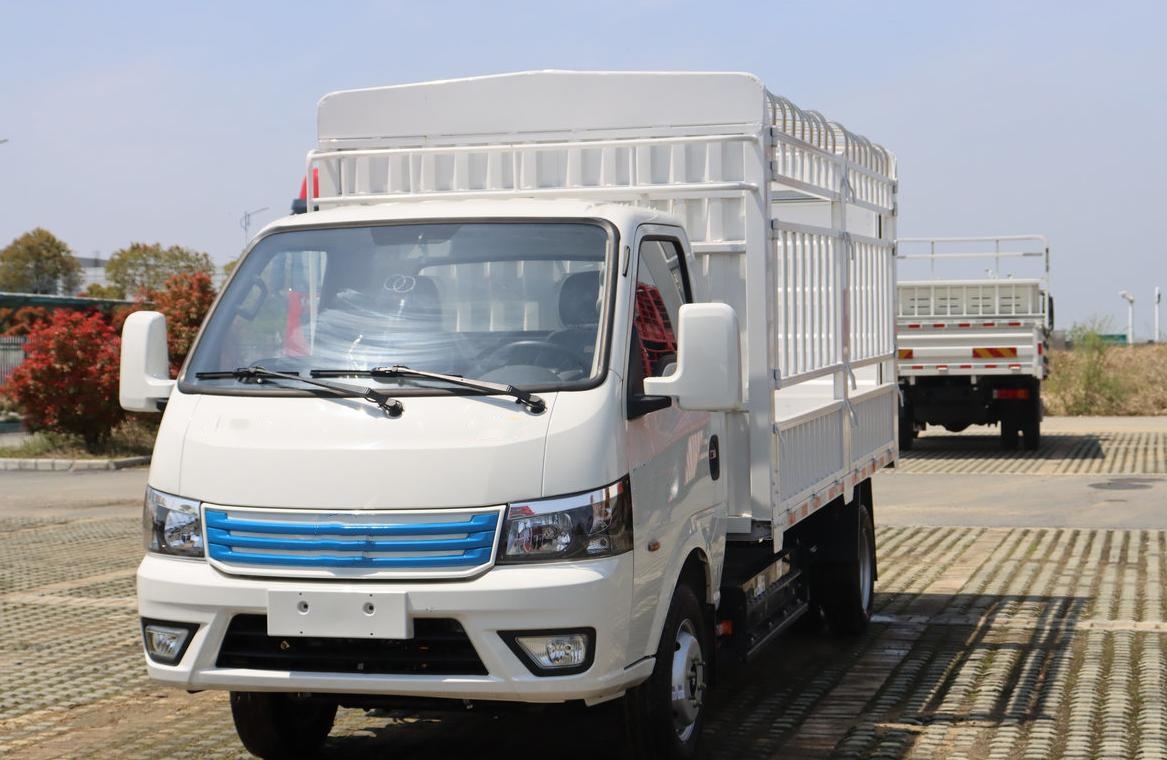Several factors can contribute to the rapid depletion of an EV’s battery. Understanding these can help drivers manage their vehicle’s energy consumption more effectively: High-Speed Driving: Driving at high speeds significantly increases energy consumption. This is because the electric motor operates at a higher frequency, which requires more power. At higher speeds, aerodynamic drag also increases, […]
Tag Archives: hluav taws xob tsheb
As environmental pollution and climate change become increasingly pressing issues, electric vehicles (EVs) are gaining attention as a sustainable and energy-efficient mode of transportation. While traditional gasoline-powered vehicles have played a significant role over the past decades, the question arises: why should we shift our focus to developing electric vehicles? This article aims to explore […]
Hluav taws xob tsheb (EVs) have been heralded as the future of transportation due to their potential to reduce emissions and reliance on fossil fuels. However, several challenges have hindered their widespread adoption and development: 1. Limited Range of Electric Vehicles One of the primary reasons for the slowdown in EV development is the limited range compared […]
With the global urgency around environmental issues, the world’s reliance on fossil fuels and traditional combustion-engine vehicles is shifting. Hluav taws xob tsheb (EVs) have emerged as a pivotal solution, capturing attention as a symbol of sustainable, clean energy and rapidly gaining traction worldwide. As nations race to develop and manufacture EVs, the reasons behind their popularity […]
As the world grapples with pressing environmental issues, China faces its own substantial environmental challenges due to its status as one of the world’s largest automobile markets. To address these issues, the Chinese government has turned to the development of electric vehicles (EVs), an effort aimed not only at tackling pollution but also at fostering […]
Hluav taws xob tsheb (EVs) tau tshwm sim raws li ib tug nrov thiab ib puag ncig tus phooj ywg lwm txoj rau ib txwm roj av tsheb. Their ability to reduce emissions and dependence on fossil fuels has captured the attention of consumers and manufacturers alike. However, a significant concern for potential buyers is the durability and lifespan of EV batteries, which tend to be shorter […]
Txoj kev loj hlob ntawm hluav taws xob tsheb (EVs) yog qhov tseem ceeb rau ntau yam laj thawj uas suav nrog kev tiv thaiv ib puag ncig, zog efficiency, kev vam meej, and improved user experience. As the world faces increasing challenges related to climate change and resource depletion, the shift toward electric vehicles represents a critical step toward a sustainable future. Here’s a detailed exploration of the […]
Tshiab zog ntshiab hluav taws xob tsheb (EVs) yog nyob rau pem hauv ntej ntawm kev hloov pauv hauv kev lag luam automotive, heralding a future that emphasizes sustainability and innovation. With advantages like zero emissions, reduced noise pollution, and high efficiency, these vehicles provide effective solutions to pressing challenges such as environmental degradation and the global energy crisis. This […]
New energy electric vehicles (EVs) are increasingly recognized for their environmentally friendly attributes, contributing to reduced carbon emissions and promoting sustainable transportation. However, a common observation among consumers and industry experts is that these vehicles often weigh more than their traditional fuel-powered counterparts. This weight disparity raises questions about the design and performance of electric […]
The voltage of pure electric vehicles (EVs) is a fundamental aspect of their design and operation, playing a critical role in performance, ua tau zoo, and charging. Typically, pure electric vehicles utilize high voltage direct current (HVDC) systems, with voltage levels generally ranging from 300 volts (V) to 1000 volts (V). Most manufacturers design their electric vehicles […]









